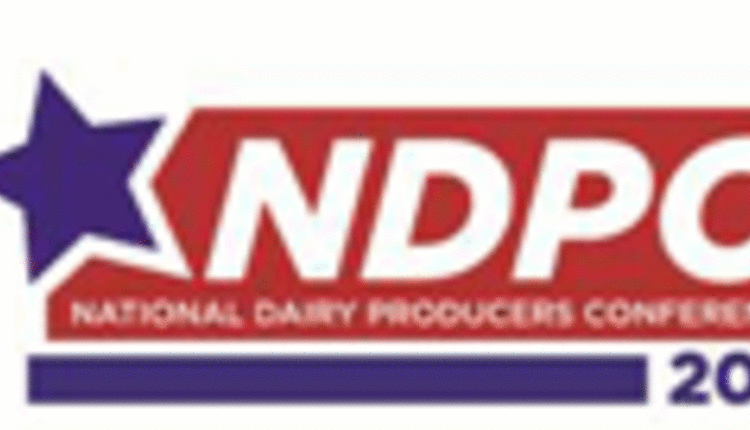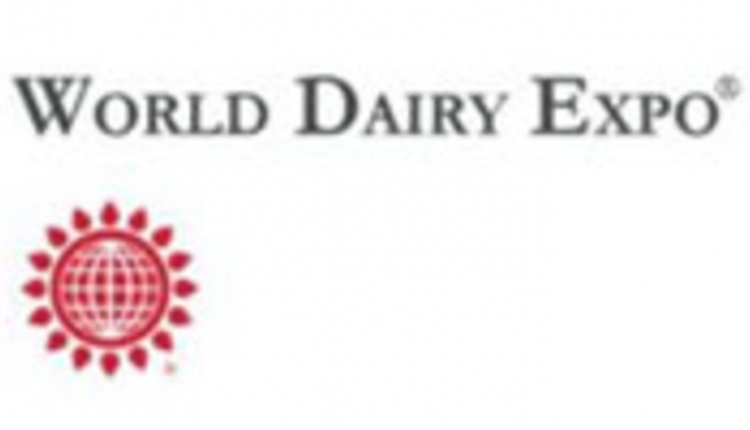
The topic of responsible and sustainable animal agriculture has garnered significant attention in recent years, but these concepts are not new to farmers and ranchers. Given the rise of social media and raised interest in food production by consumers, there are more questions than ever about our food system. This means farmers and ranchers are having to put far more emphasis on the social side of sustainability than ever before, but it also provides an opportunity to showcase how they are part of the sustainability solution!
For decades now, U.S. dairy (alongside other areas of animal agriculture) has been on a sustainability journey to reduce environmental impact while continuing to produce a nutritious and delicious food source. In 2020, this progress was taken a step further with an industry-wide commitment for dairy to become greenhouse gas (GHG) - neutral by 2050. Two lifecycle assessments to measure that progress have been commissioned, including a recently released farm-level assessment.
The assessment found that between 2007 and 2020, dairy farmers in the U.S. boosted milk production by 28% to nourish more people. At the same time, GHG emissions per unit of milk declined by 13%, highlighting the success of sustainability initiatives to reduce environmental impact. The study also noted that while GHG emissions per unit of milk are down, overall emissions are up 10% due to heightened production.
While there is always more progress that can be made, sustainability is a journey, not a destination. After all, dairy farmers across the country should be proud of the improvements made. Thanks to the increased production efficiency, they’re providing sustainable nutrition to more people and helping to meet demands for under-consumed nutrients of public health concern, including producing enough:
- Protein for 169 million people
- Calcium for 254 million people
- Energy for 71.2 million people
As you can see, U.S. dairy has an incredible story to tell when it comes to environmental stewardship and feeding the population. Research has also shown that farmers and ranchers are the most impactful messengers to share those stories, which is why the Animal Agriculture Alliance established the Animal Ag Allies advocate development program. We need more farmers, ranchers, and people with boots on the ground to use their voices and firsthand accounts to share what’s really happening in animal agriculture.
Animal Ag Allies empowers farmers, ranchers, and practicing veterinarians to be outspoken advocates for agriculture online and within their communities. This self-paced, online program provides opportunities for networking, training, and continuous development of issue expertise and communication skills. The deadline to apply for the next class is July 11. Learn more at https://animalagalliance.org/initiatives/animal-ag-allies/.

Emily Ellis is the manager of communications and content at the Animal Agriculture Alliance. In her role, she works to execute the Alliance’s issues management and communications strategy.







